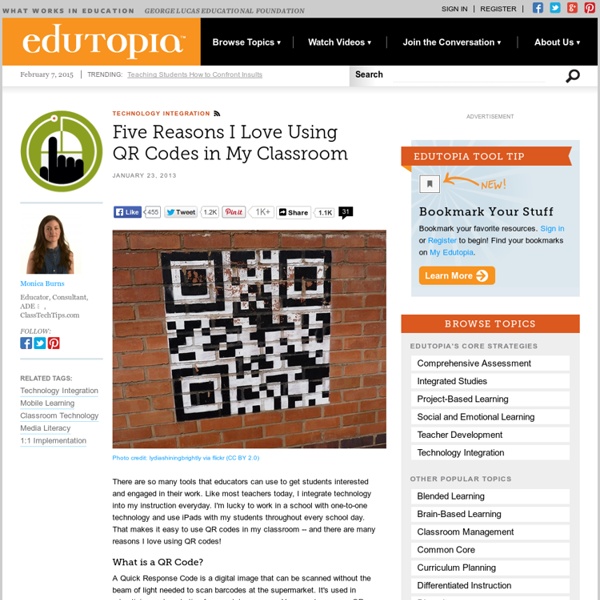Five Reasons I Love Using QR Codes in My Classroom

Science & Environment - How big is space?
Big questions demand big answers. And here at Future we have a hard time thinking of a question bigger than: how big is space? So, we set about trying to illustrate it. The resulting picture is so large that we could not squeeze it all on to one image in Photoshop. Instead, we had to create several sections and stitch them together for you. Printed out, the graphic spans 27 pages of A4 paper. But even at this size we only managed to get to the edge of our Solar System – known as the heliosphere. Yet even within this relatively small corner of space, there is a lot packed in there. What is the most distant man-made object? Scroll (and scroll... and scroll) through our monster graphic to explore our cosmic neighbourhood. And if you want to check out the data we used to construct it, you can find it here.
ISPS
offline version and 250 to 350 iPads or other…
Business
Sahaj Needs
Related:
Related:



